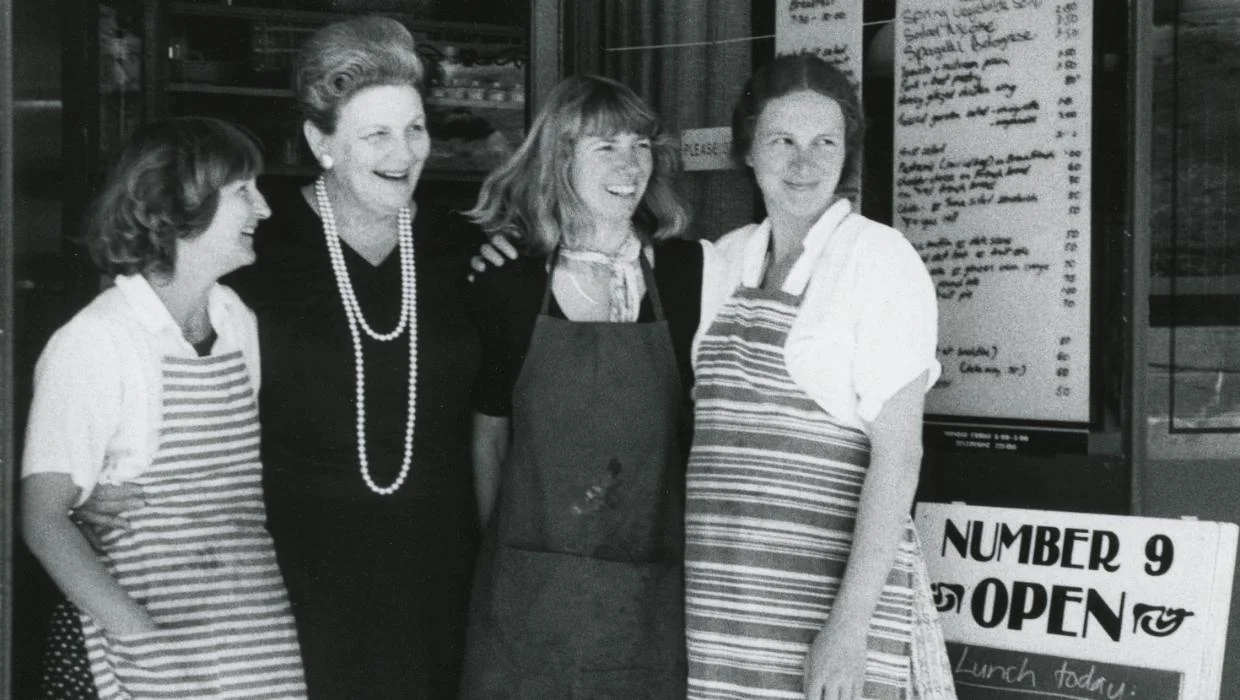From gun-barrel griddles to Voltair roasters: A taste of Wellington’s food story
By Ian Wards, Kaipupuri Matua Taonga | Senior Curator (Taonga).
By Ian Wards, Kaipupuri Matua Taonga | Senior Curator (Taonga).

At Wellington Museum, we tell the stories of the people of Pōneke. We’re seeking objects that represent the rich history of our city’s food and beverage scene, as we prepare to celebrate our cuisine heroes in Capital of Kai.
One of the many charms of Wellington is our great café and restaurant scene. Despite hard times, there are still plenty of innovative, passionate and motivated café and restaurant owners, chefs, bakers and service staff pushing the boundaries of deliciousness.
Next year, Wellington Museum will be celebrating our cuisine heroes in an exhibition called Capital of Kai, and we’re keen for you to help us put it together.
Over the last few years, the museum’s curatorial and collections staff have worked with our communities to build a collection of café and restaurant related objects, to help tell the stories of the food innovators who have worked with passion, over many decades, to bring Wellington the best the world has to offer.
We’re really lucky to have such a rich, diversity of cuisine here. Indian, Malaysian, Syrian, Chinese, Italian, Japanese, French cuisine, to touch on a few. The multicultural nature of our population can be expressed in the diversity of our food.
Food is a window into other cultures and sharing food, manaakitanga (hospitality) and the whakawhanaungatanga (relationship building) that goes with it, builds bridges. Our changing food tastes are also a tangible illustration of cultural change across time.

As a child in the 80s, the idea of sushi seemed mad and exotic – who would eat seaweed for heavens sakes! Now sushi is standard lunch fare, that is very familiar to most of us.
While putting our food history collections together, I’ve been lucky to work with the likes of culinary legend Lois Daish, who shared her memories of café Number 9, which she established in the early 1980s to bring freshly made, healthy food to Wellingtonians. Lois has donated her menu board from the café, which will be on display in the exhibition.
Espresso pioneer Geoff Marsland donated his wildly temperamental and flammable Voltair MK 1 espresso coffee roaster a few years ago. The Chait family have donated objects from the Dixon Street Deli and generously shared the rich stories of their intergenerational passion for food and innovation.
Likewise, Rakesh Tailor of Great India has shared stories of his family’s restaurant history and donated objects from their 1980s catering business. Craig Miller has donated a 1960s Cona coffee machine, objects from Faggs Coffee and the pre-espresso coffeehouses of Wellington.
We have treasures from the legendary Green Parrot Café donated by the Sakoufakis family, including a griddle made from melted down gun barrels and used at the restaurant from the 1930s to 1970s. Monique Fiso of Hiakai fame is waiting in the wings to donate, as are craft beer innovators Garage Project.
These donors hold rich stories of hard work, passion, and fun. We really appreciate their generosity and look forward to sharing their stories in the exhibition to prompt our visitors to remember their stories too.
And this is where you come in. We’re keen to build this collection of objects relating to Wellington’s food and beverage history to create a collection truly representative of the rich history of cuisine in our city. This collection will then be available for future generations to ponder and enjoy in our exhibition spaces.
If you have something you would like to contribute, please contact us at collections@experiencewellington.org.nz